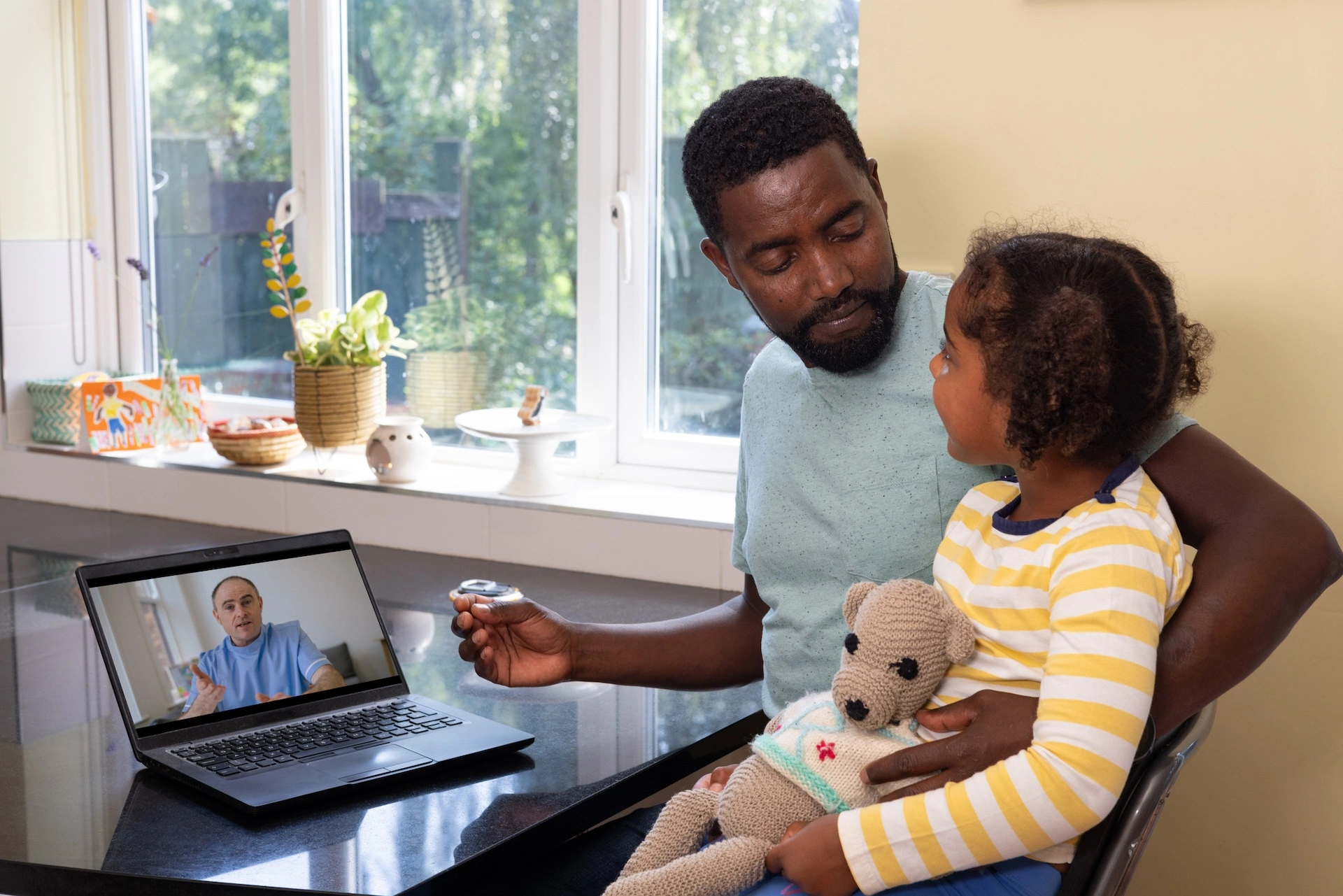Kaiser Permanente research shows no difference in emergency visits or hospital stays between clinic visits and those done by telephone, video
Patients who made appointments to see their primary care doctors by video or over the phone did not seek substantially more follow-up care overall than those who had traditional in-person visits, according to Kaiser Permanente research published November 16 in JAMA Network Open.
The analysis examined all 2.2 million primary care video, telephone, and in-person visits scheduled online by Kaiser Permanente members in Northern California between 2016 and mid-2018. Of these, 14% were for phone and video visits. The analysis found all 3 visit types had similar rates of follow-up care, including emergency department visits and hospitalizations.

The results suggest virtual visits often can address a patient’s concern comparably to traditional in-person medical care, said lead author Mary Reed, DrPH, a research scientist with the Kaiser Permanente Division of Research.
“This study answers the previously open question about whether video and phone visits are less efficient because the bulk of patients might have to come to the clinic anyway to resolve their clinical issue,” Reed said. “We found there is a small margin of additional patients who return for an in-person visit after telemedicine but it is surprisingly small: less than 2%. That can put to rest some of the concerns about telemedicine’s overall efficiency for primary care.”
That is good news if the pre-pandemic findings apply to pandemic-era virtual care, Reed said, given the huge increase in virtual visits in 2020. Members of Kaiser Permanente in Northern California were seeing their doctors primarily by video or telephone during the first year of the COVID-19 pandemic. Virtual visits have continued to constitute a major proportion of medical care in late 2021.
The researchers looked at what happened to patients in the week after primary care visits and found little difference in follow-up care. About a quarter (25.4%) of video visits had a follow-up within 7 days, as did 26% of telephone visits and 24.5% of clinic visits — the differences between these follow-up rates across visit types was modest. There was no significant difference in emergency department visits and hospitalizations.
Researchers also compared what happened during the visit and found some differences. Medication was prescribed more often in the clinic — 60% of visits compared with 38.6% by video and 34.7% by telephone. Laboratory tests or imaging were ordered in 59.3% of office visits, compared with 29.2% of video visits and 27.3% of telephone visits.
This study shows that in an integrated, value-based care delivery system, telemedicine can serve as a convenient and effective way to provide personalized, high-quality care.
–Sameer Awsare, MD, associate executive director, The Permanente Medical Group
The differences could be related to patients choosing to see their doctor in person when the severity of their medical complaints is higher. “It is possible that these differences in treatment might be driven by the types or seriousness of concerns that patients chose for each visit type, or by the degree to which physicians could assess the patient in each visit type,” Reed said. “We need to explore these details further in future research.”
The authors noted that their findings are specific to Kaiser Permanente in Northern California, where clinicians doing virtual visits are the same clinicians who patients visit in person. Also, all clinicians have full access to patient electronic health records in Kaiser Permanente’s integrated health care delivery model. Other research on direct-to-consumer telemedicine may show different outcomes — such as increased antibiotic prescribing — by telehealth providers who do not have ongoing relationships with patients and full access to their history, the authors said. The time period studied preceded the pandemic and included patients who voluntarily sought telemedicine visits.
“In contrast to prior studies of direct-to-consumer telemedicine, we did not find evidence of over-ordering or over-prescribing among patients using telemedicine to visit their own primary care doctors,” the authors wrote. “Video or telephone visits may be a convenient and safe way for patients to address some primary care needs without generating a substantial number of follow-up office visits or experiencing health events.”

Co-author Emilie Muelly, MD, an internal medicine physician with The Permanente Medical Group, said the results are encouraging for both patients and clinicians. “Video visits offer a convenient, time-efficient way for patients to be physically examined by their physician,” Muelly said. “In many cases virtual care is adequate to guide clinical diagnosis and management. Kaiser Permanente empowers patients to choose their appointment type with online booking and our work supports the safety of this patient-centered triage approach.”
The findings support virtual visits as an option for patients in an integrated care delivery model without increasing emergency department and hospital utilization, said Sameer Awsare, MD, associate executive director of The Permanente Medical Group. “This study shows that in an integrated, value-based care delivery system, telemedicine can serve as a convenient and effective way to provide personalized, high-quality care,” he said.
The study was funded by the federal Agency for Healthcare Research and Quality.
Co-authors also included Jie Huang, PhD, Andrea Millman, MA, and Catherine Lee, PhD, with the Division of Research; and Ilana Graetz, PhD, with Emory University.
# # #
About the Kaiser Permanente Division of Research
The Kaiser Permanente Division of Research conducts, publishes and disseminates epidemiologic and health services research to improve the health and medical care of Kaiser Permanente members and society at large. It seeks to understand the determinants of illness and well-being, and to improve the quality and cost-effectiveness of health care. Currently, DOR’s 600-plus staff is working on more than 450 epidemiological and health services research projects. For more information, visit divisionofresearch.kaiserpermanente.org or follow us @KPDOR.





Comments (0)